Science News
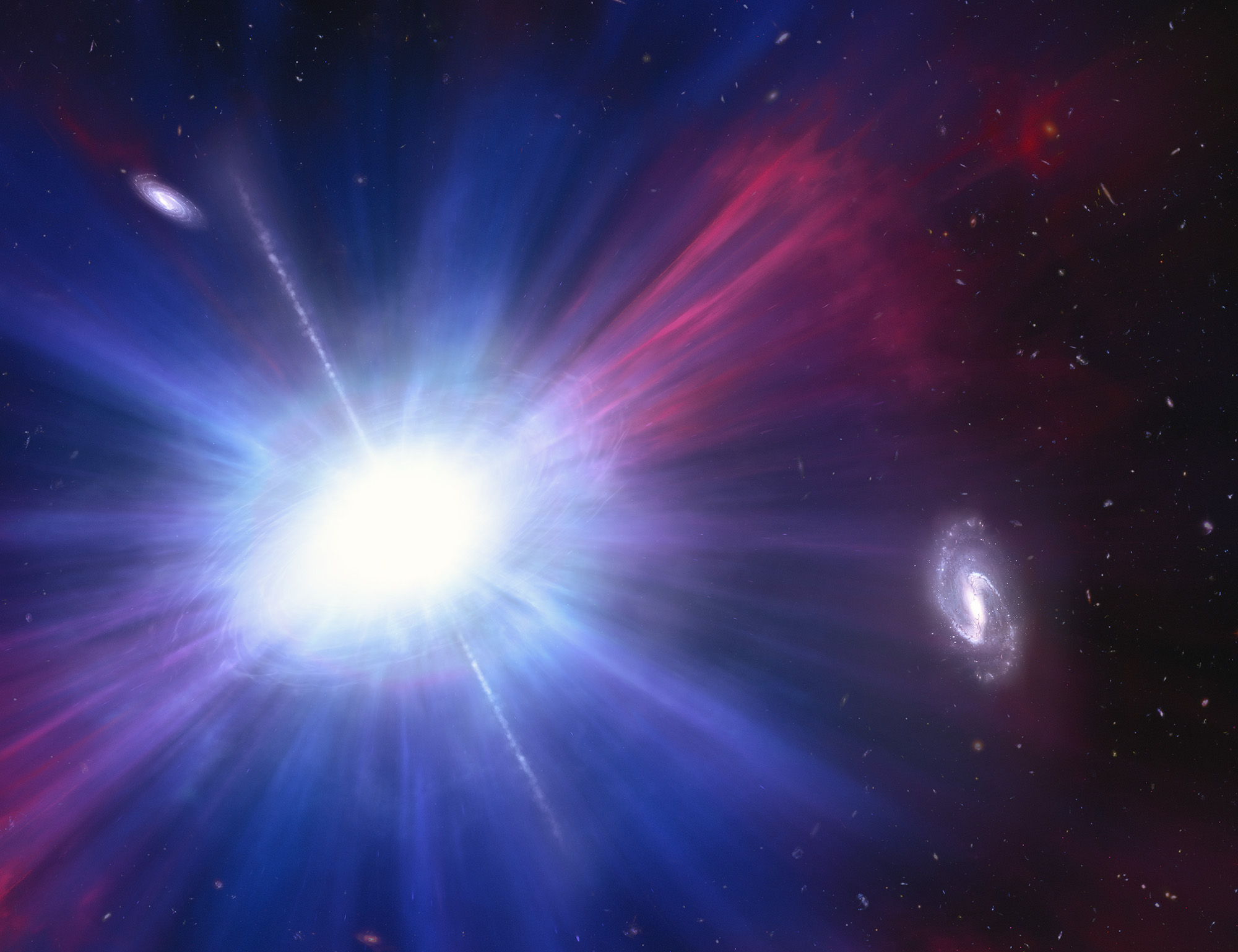
Strange New Luminous Fast Blue Optical Transient has Astronomers in Awe
Maunakea, Hawai‘i – Astronomers are baffled by a series of strange, extremely bright repetitive flares that lasted for months – …
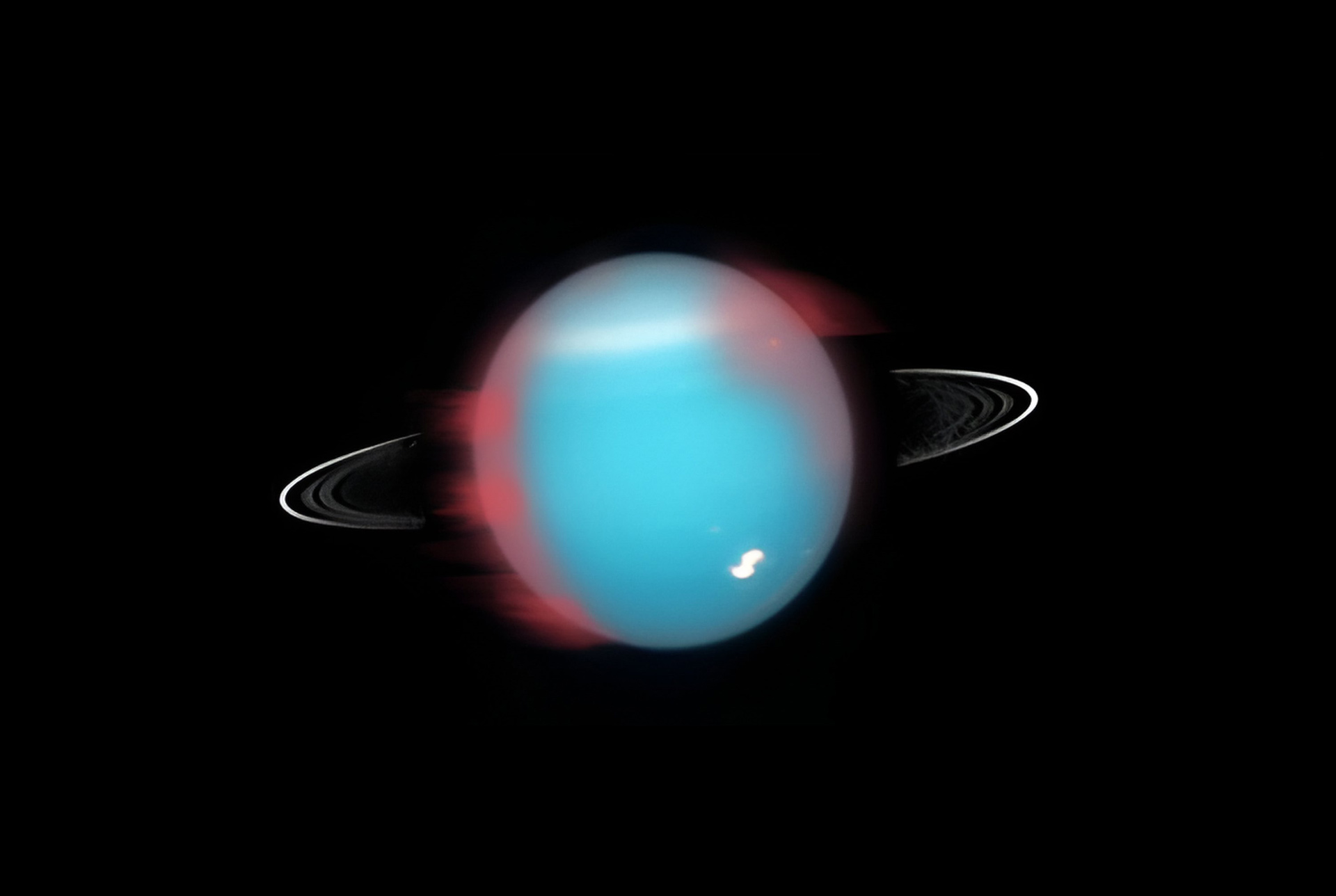
Uranus Aurora Discovery Offers Clues to Habitable Icy Worlds
Maunakea, Hawaiʻi – The presence of an infrared aurora on the cold, outer planet of Uranus has been confirmed for …
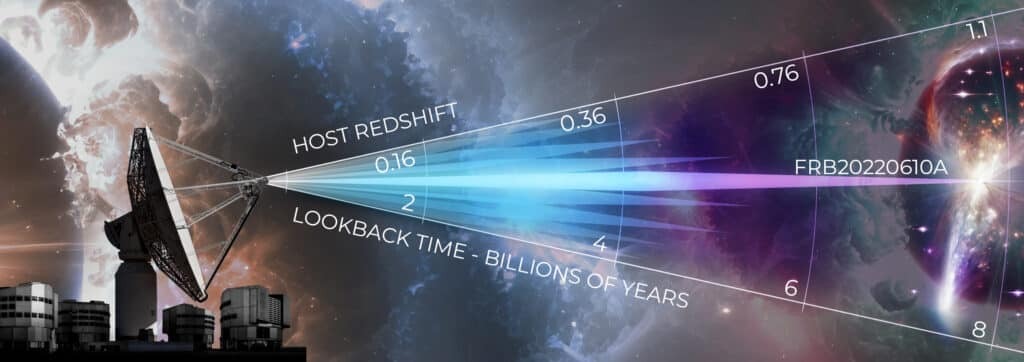
Record-breaking Fast Radio Burst is Most Distant Ever Detected
Maunakea, Hawaiʻi – Scientists have discovered an eight-billion-year-old fast radio burst (FRB) – the most ancient and distant located to …
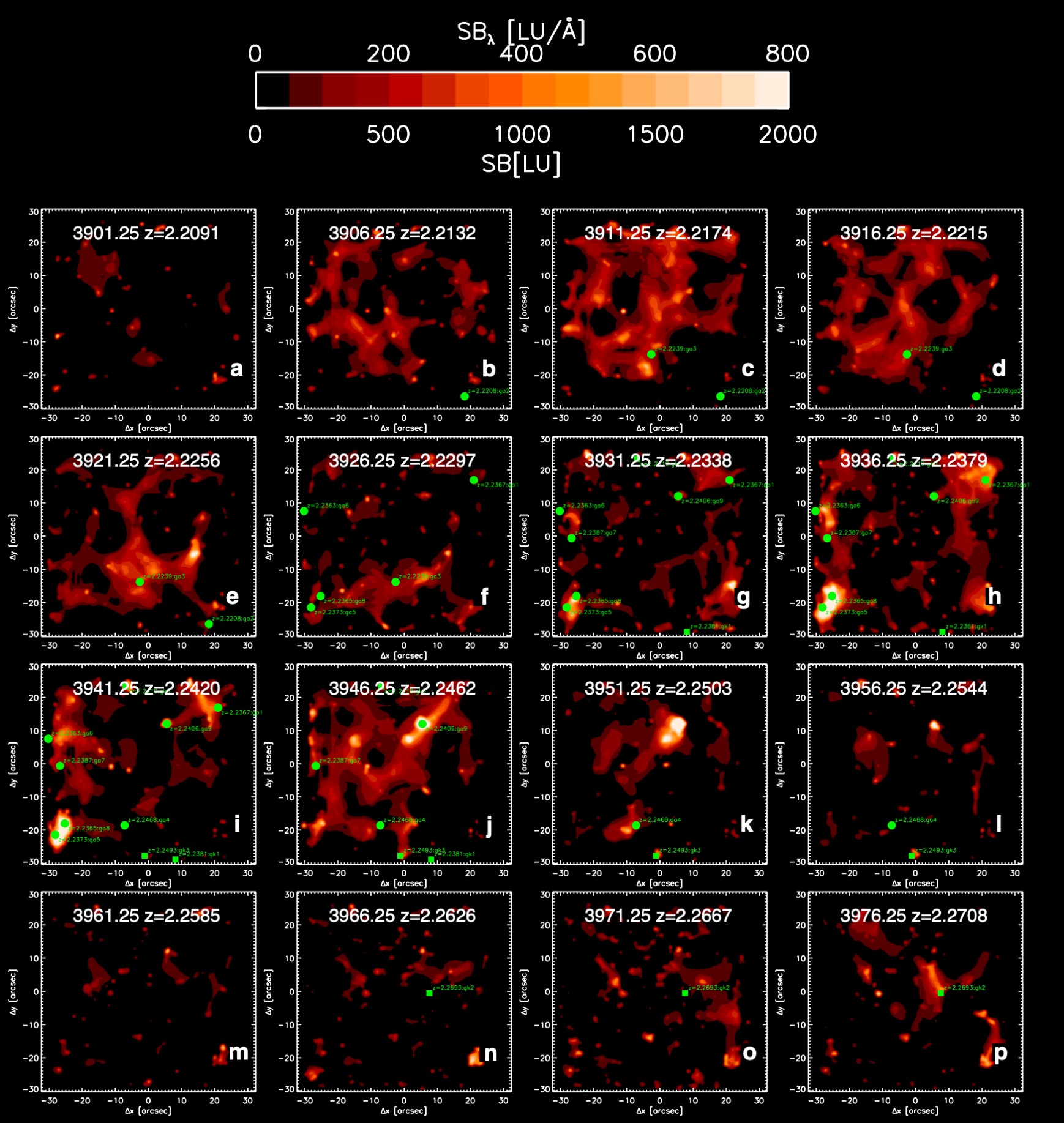
Cosmic Web Lights Up in the Darkness of Space
Keck Cosmic Web Imager Offers Best Glimpse Yet of the Filamentous Network That Connects Galaxies Maunakea, Hawaiʻi – Like rivers …
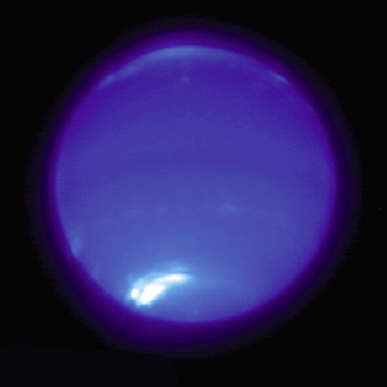
Clouds On Neptune Perform a Surprise Disappearing Act
Maunakea, Hawaiʻi – For the first time in nearly three decades of observations, clouds seen on Neptune have all but …
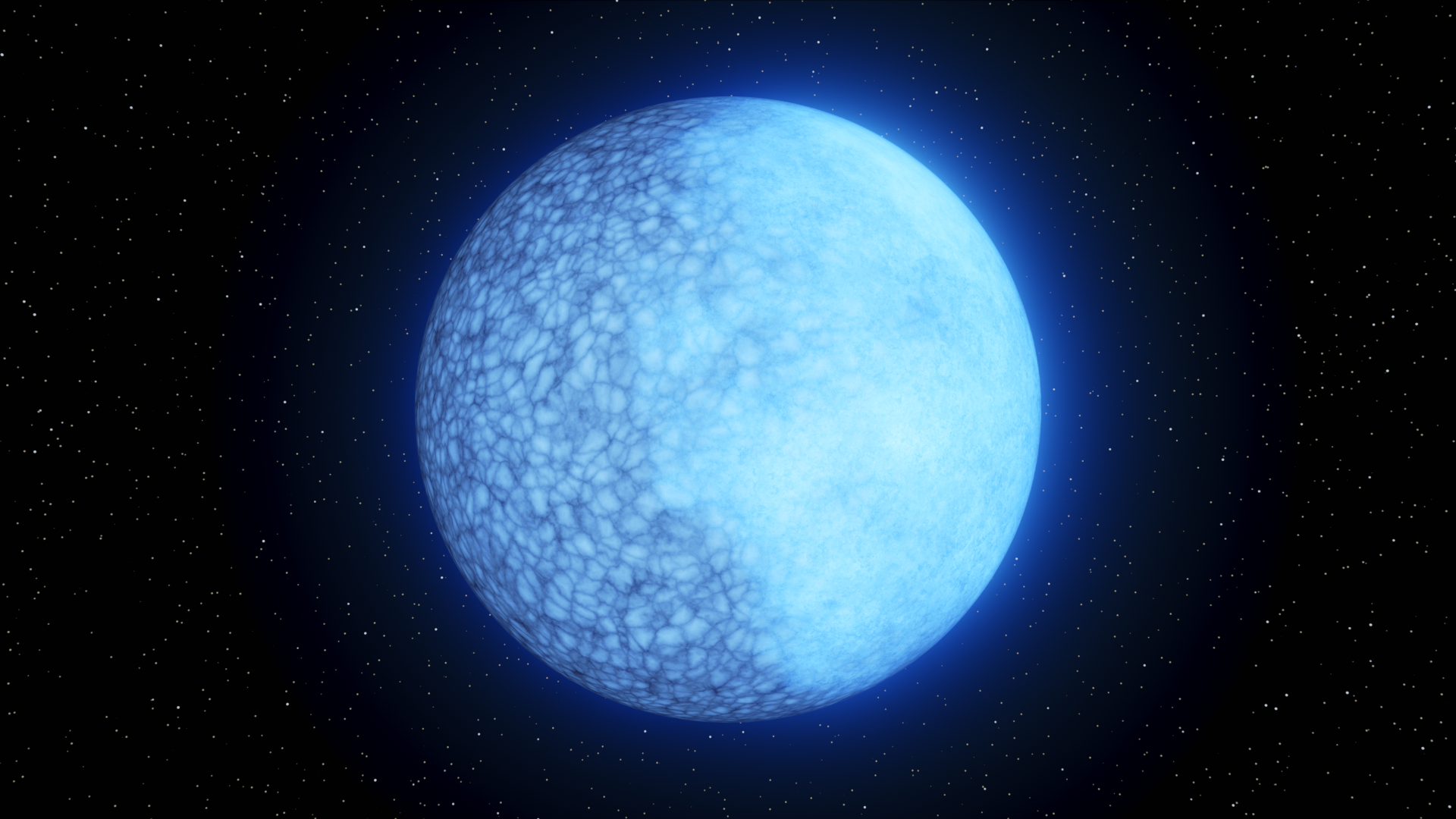
Two-Faced Star Exposed: Unusual White Dwarf Star is Made of Hydrogen on One Side and Helium on the Other
Maunakea, Hawaiʻi – In a first for white dwarfs, the burnt-out cores of dead stars, astronomers have discovered that at …
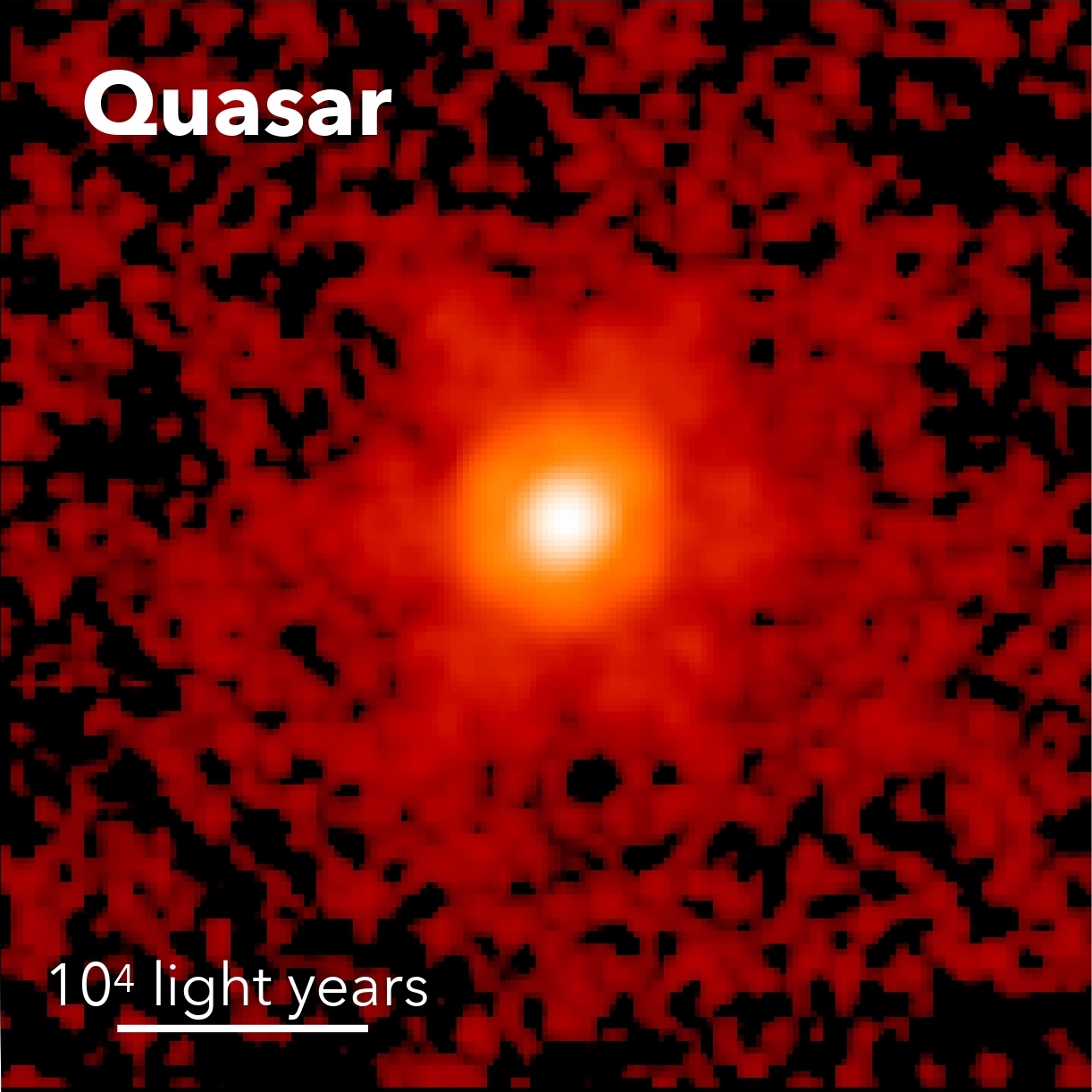
Starlight and the First Black Holes: Researchers Detect the Host Galaxies of Quasars in the Early Universe
Maunakea, Hawaiʻi – An international team of scientists, including Chien-Hsiu Lee, staff astronomer at W. M. Keck Observatory on Maunakea, …
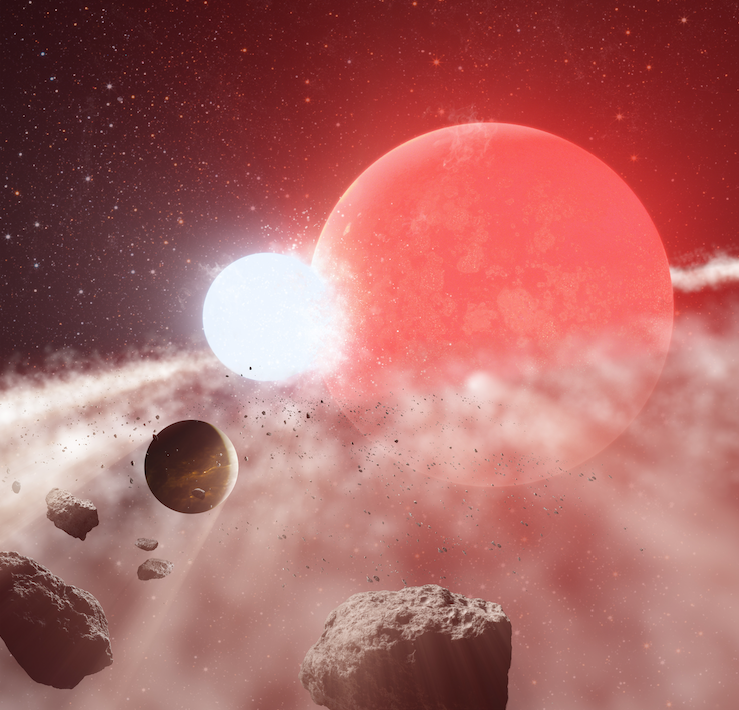
Life After Death: Hawaiʻi Astronomers Find a Planet that Shouldn’t Exist
Maunakea, Hawaiʻi – When our Sun reaches the end of its life, it will expand to 100 times its current …
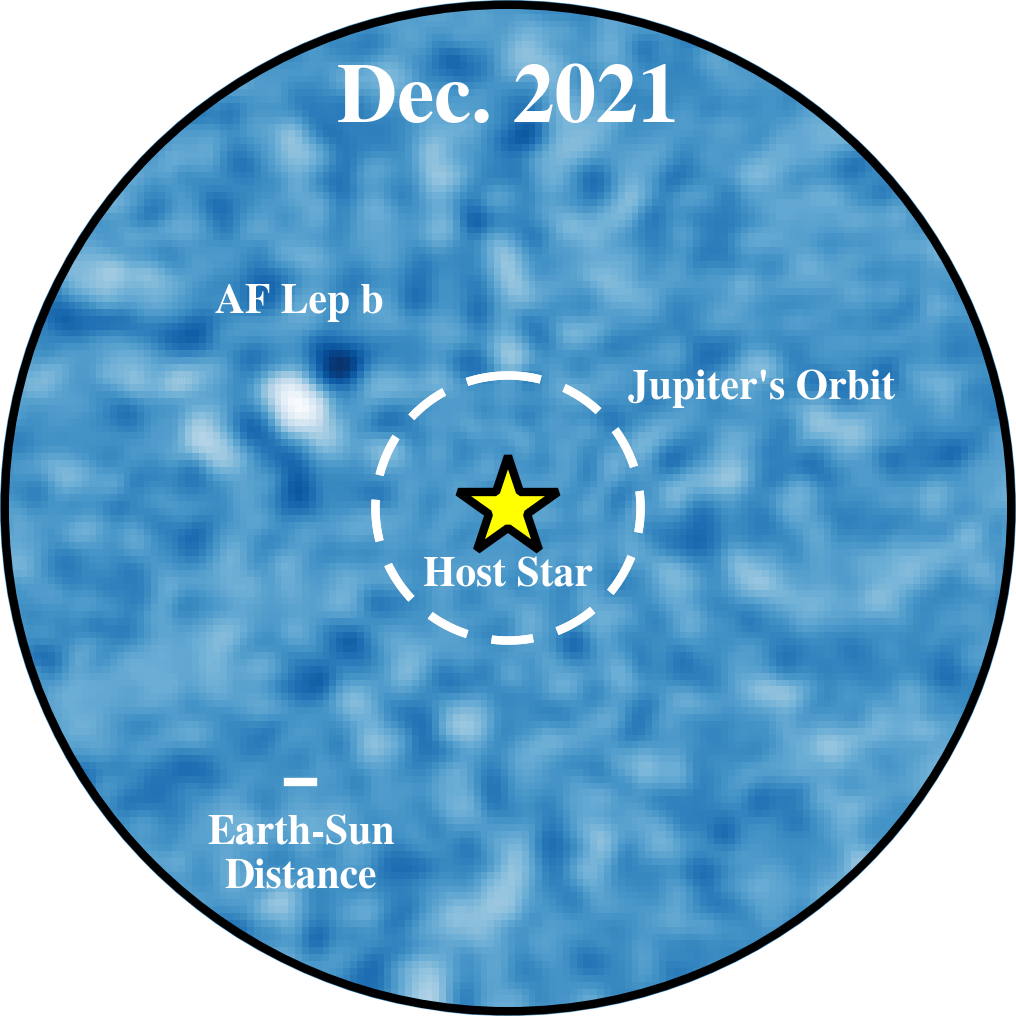
New Era of Exoplanet Discovery Begins with Images of ‘Jupiter’s Younger Sibling’
Maunakea, Hawaiʻi – Astronomers using W. M. Keck Observatory on Maunakea, Hawaiʻi Island have discovered one of the lowest-mass planets …
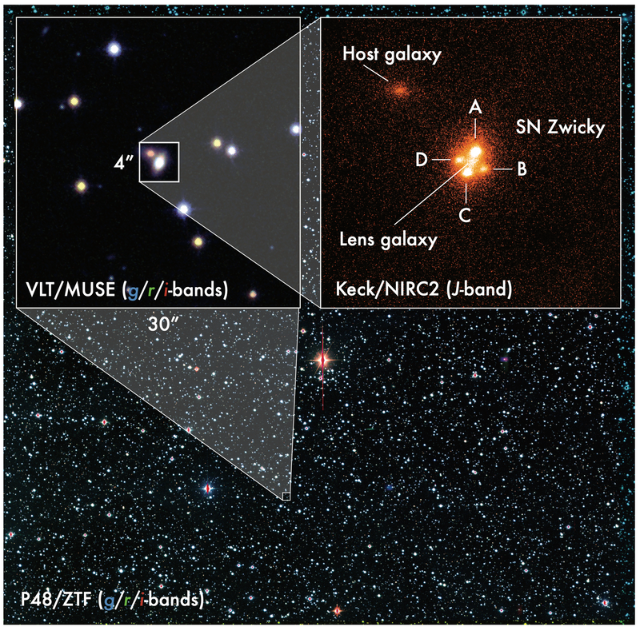
Rare Gravitational Lensing Warps Light Of Distant Supernova Into Four Images
Maunakea, Hawaiʻi – Astronomers have captured a bizarre image of a supernova, the powerful explosion of a star, whose light …
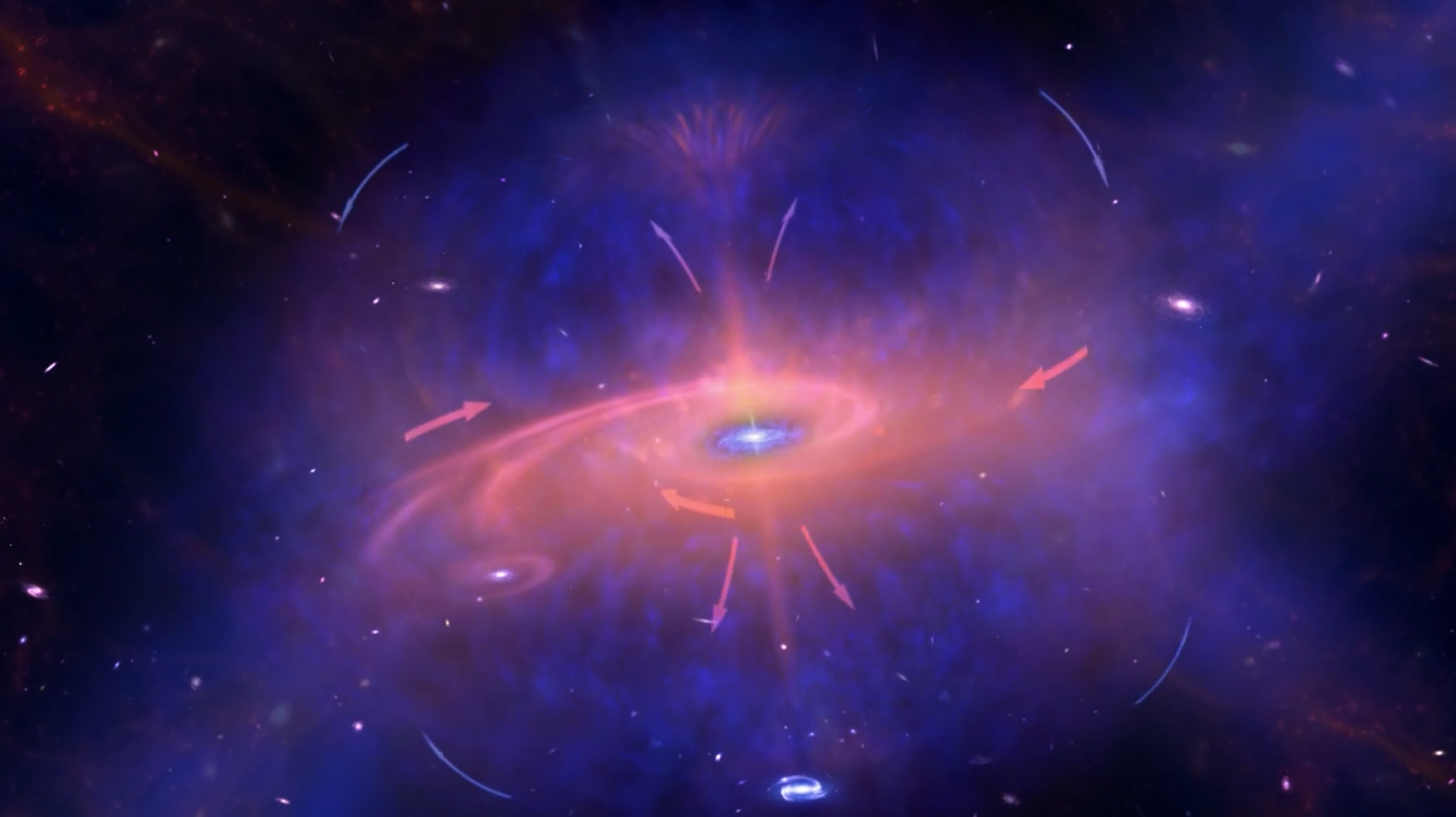
Astronomers Capture Direct Image of Ancient Galaxy Recycling Gas to Make New Stars
Maunakea, Hawaiʻi – Astronomers have found direct evidence showing ancient galaxies were able to sustain star formation by recycling gas …
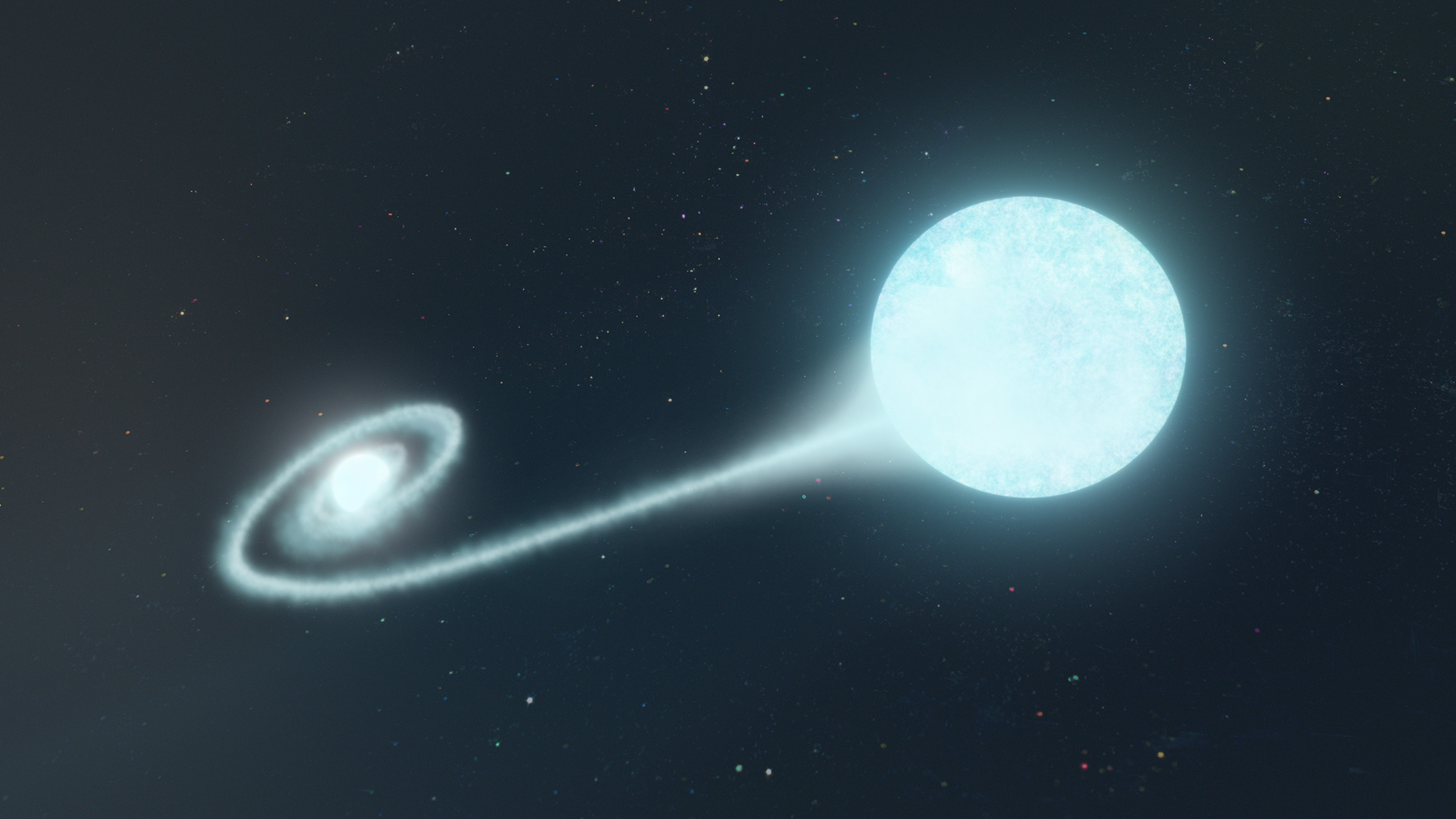
First Detection of Radio Waves from a Type Ia Supernova
Maunakea, Hawaiʻi – A team of astronomers led by Stockholm University has discovered an unusual Type Ia supernova – or …

